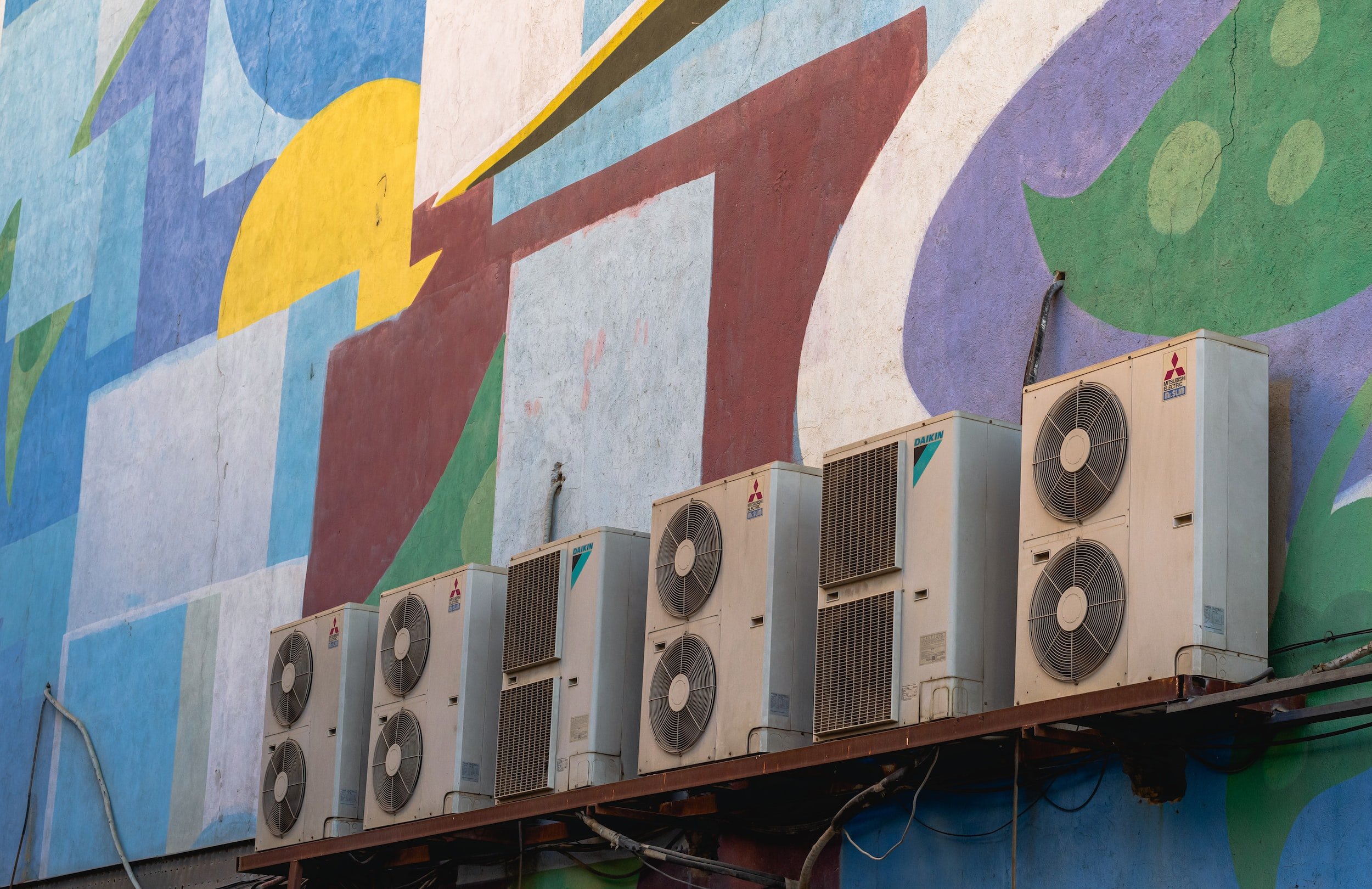HOMEOWNER RESOURCES
Ducted vs. ductless heat pumps
Air source heat pumps can be either ducted systems or ductless (mini-split) systems. Although there are two primary configurations of heat pumps, both ducted and mini-split heat pumps operate using the same fundamental principle of transferring heat from one place to another, as opposed to creating the heat itself, like a traditional furnace or electric baseboard.
What is a ductless (“mini-split”) heat pump?
A ductless mini-split is comprised of two main components: an outdoor unit (compressor) and an indoor air-handling unit (evaporator). A roughly three-inch conduit connects the indoor and outdoor unit with communication cables, copper tubing, and a condensation drain line.
Mini-split heat pump systems are often best suited to homes that have traditional ductless heating systems such as electric baseboard or in-floor heating, that’s because they allow you to circumvent retrofitting your house to accommodate a central ducted system.
They can also be a good choice for room additions and small apartments, where extending or installing distribution ductwork for a central system is not feasible. However, they can also be strategically placed to heat and cool where it is most cost-effective, or provide a complete home heating solution.
Ductless mini-splits require minimal construction as only a three-inch hole through the wall is required to connect the outdoor condenser and the indoor heads. The indoor heads come in many styles and sizes.
What is a multi-zone heat pump?
Multi-zone systems are simply ductless mini-splits, where two or more indoor units are connected to the same outdoor unit. Since each indoor unit can be controlled independently, this option allows you to control the temperature of multiple rooms individually, also known as zoned heating and cooling. Additionally, multi-zone systems can be more cost-effective than installing multiple single-zone heat pumps due to the lower initial cost.
What is a ducted (unitary) heat pump?
Ducted heat pump systems rely on a single centralized air-handling unit, which sends hot or cool air throughout your home via ductwork, just like traditional central air conditioning or forced air heat. Since there’s only one central indoor unit, it’s significantly larger than a mini-split—you’ll often find it tucked away in a basement or garage.
As the name suggests, these are ideal for homes with ductwork currently in place.
Air ducts are the sheet metal passages that connect your central HVAC system, whether a furnace or a heat pump, to the rest of your house through vents in the floor and walls of your house.
HVAC RESOURCES
EDEN Home Basics
Heat pumps vs. ACs: What's the difference?
If you are considering a system to cool your home, both heat pumps and air conditioners will do the job. However, a heat pump will also provide highly efficient heating during the winter as well.
What is a heat pump and why should I upgrade?
A heat pump provides all-in-one heating and cooling for perfect year-round comfort. Not only that, it operates more than 3x efficiently compared with a standard furnace.
Heat pumps vs. furnaces: What’s the difference?
Heat pumps and furnaces heat your home – but in different ways. The most significant difference between furnaces and heat pumps is that furnaces create their own heat.


